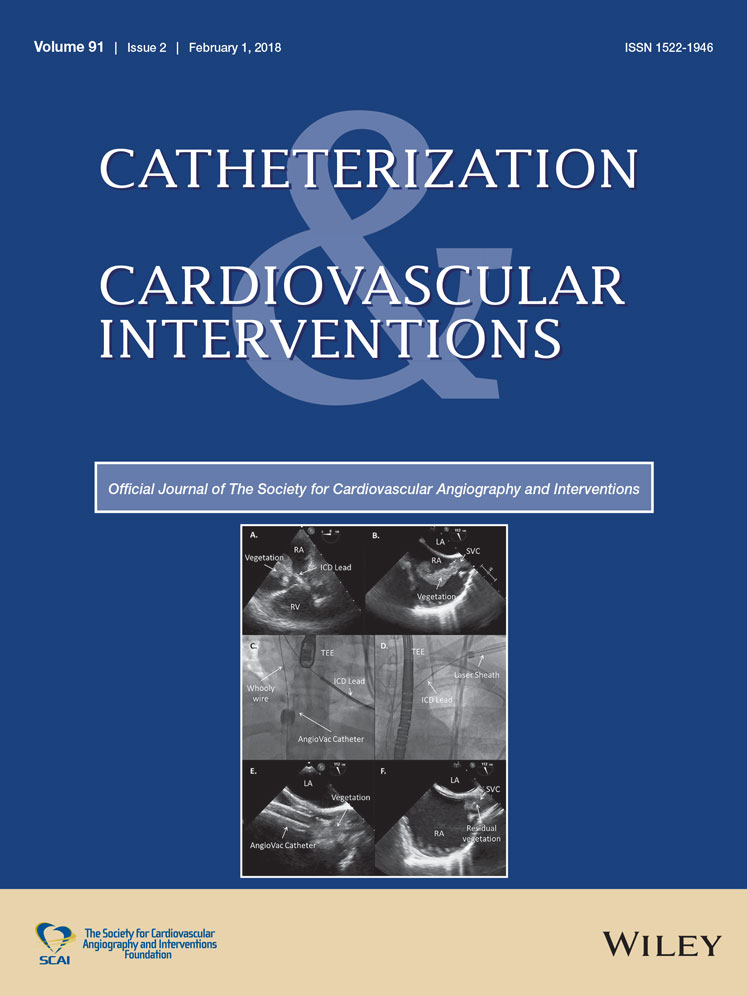Right ventricle outflow tract prestenting: In vitro testing of rigidity and corrosion properties
Funding information: Eddy Merckx Research Foundation; Sporta MonVentoux Research grant
Abstract
Background
The aim of this study was to assess the resistance to compression (stiffness) of frequently used stents for right ventricular outflow tract prestenting. In addition, to assess the corrosion potential when different types of stent alloys come into contact with each other.
Method
Different stents were tested in vitro in various combinations at specialized metallurgic laboratories. A bench compression test was used to assess resistance to compression of singular and joined combinations of stents. Corrosion was evaluated by standardized electrochemical galvanic tests in physiological solutions at 37°C. Single stents and combinations of stents were evaluated over a period of 4–12 weeks.
Results
Relative stiffness of the stents Optimus/Andrastent XXL/Intrastent LD Max/8zig Cheatham-Platinum, expressed as load per length to deform the stent for 1 mm at 22 mm was 100/104/161/190. Adding additional stents to a single stent significantly strengthened the joined couples (P < 0.001). The lowest galvanic corrosion rates (about 0.000001 mm/year) were observed for the joined CP-Andrastent, Andra-Sapien, and Andra-SapienXT. The corrosion rate for coupled CP-Sapien and CP-SapienXT was somewhat higher (about 0.000003 mm/year). The materials with the highest corrosion rates resulted in material losses of, respectively, 17 and 24 µg/year, which is negligible over a lifetime.
Conclusion
Adding stents to a single stent significantly increases stiffness which will reduce the risk of metal fatigue failure. Corrosion of individual stents or stent combinations occurs, but is negligible over a human lifetime with low risk of biological effects. No mechanical integrity problems are thus expected as there is only 0.3% of the initial diameter of the struts of a stent that will be lost as a consequence of corrosion after 100 years.
CONFLICT OF INTEREST
Marc Gewillig is proctor for Numed, Medtronic, and Edwards.




